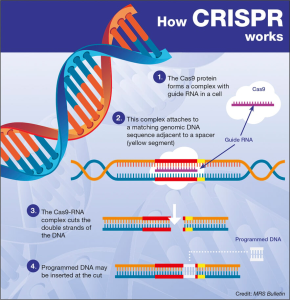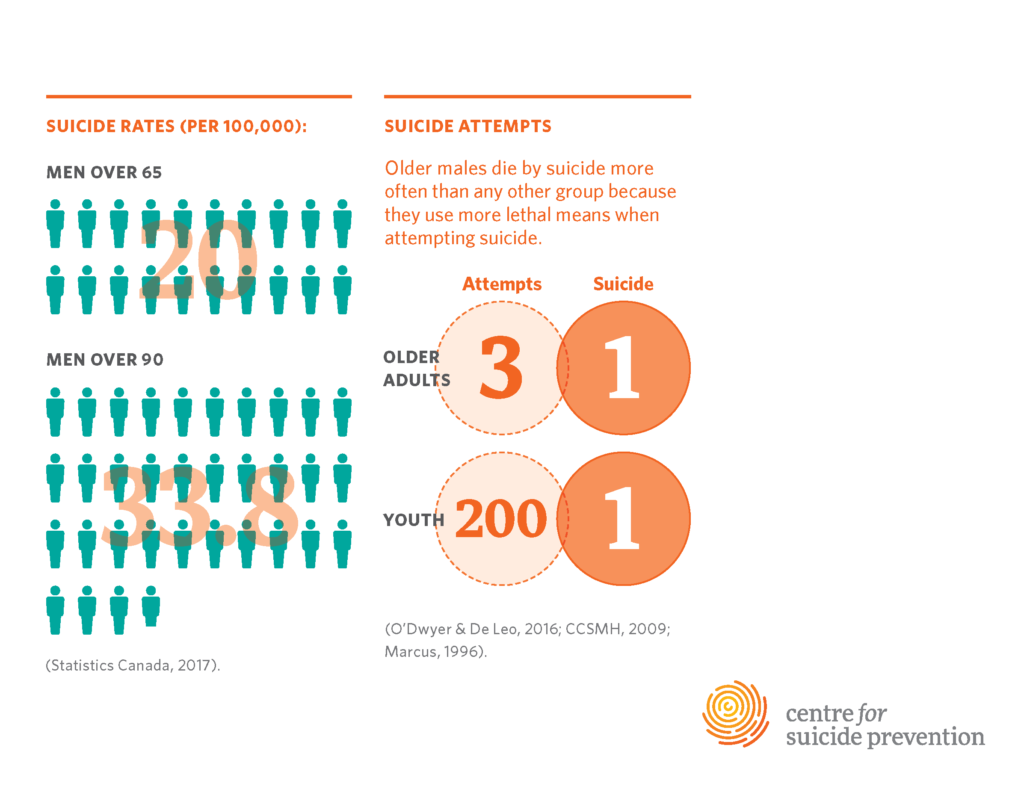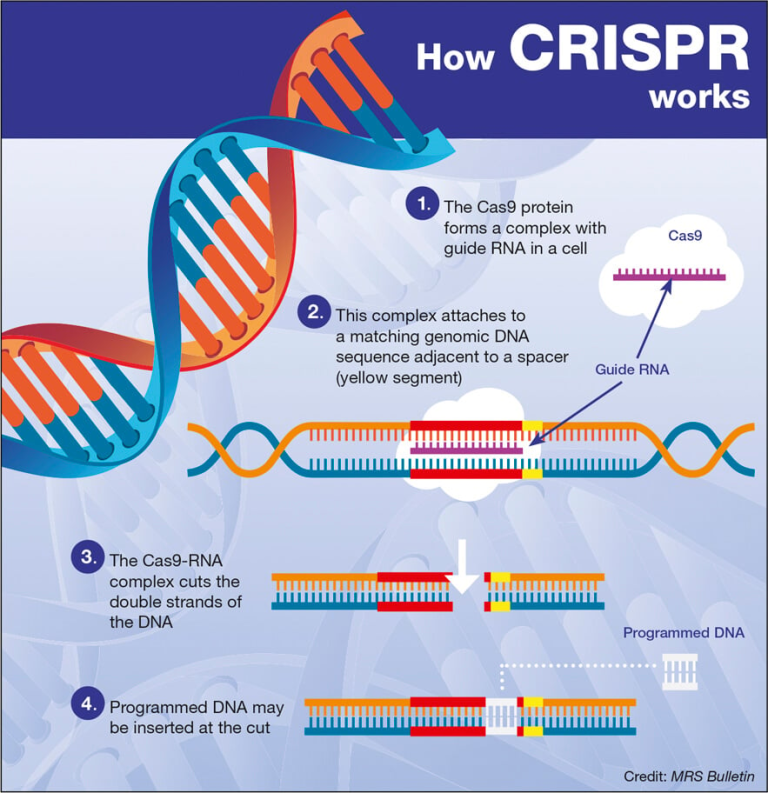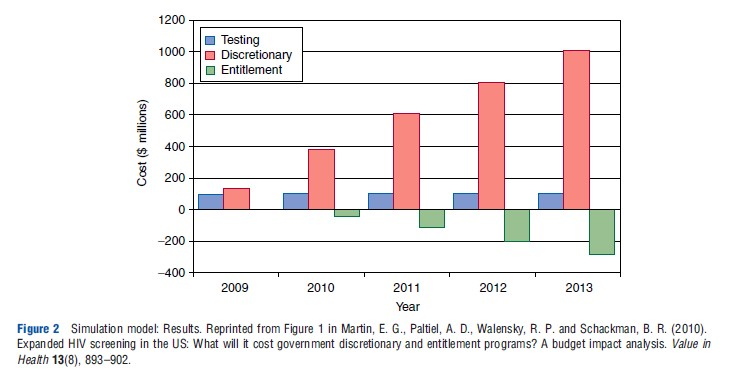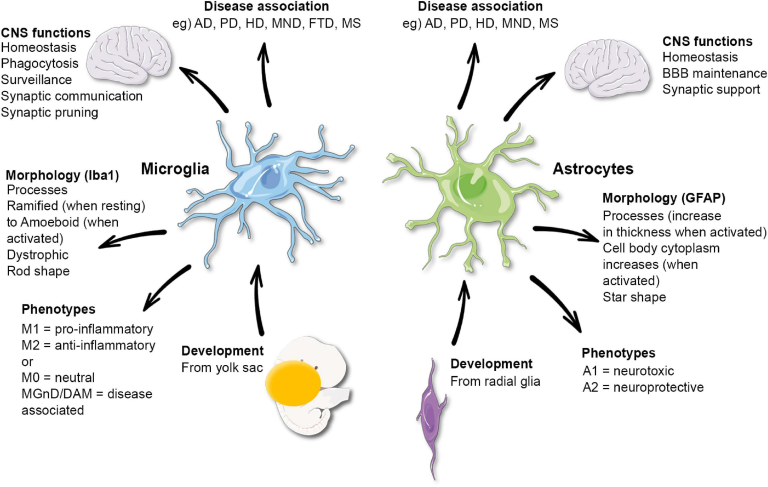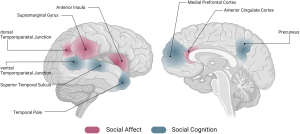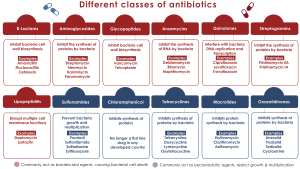Suicide prevention for older adults is an urgent and often overlooked issue that requires immediate attention. While older adults aged 75 and above have the highest suicide rates of any demographic, access to mental health resources for seniors remains alarmingly scarce. This lack of specialized care leaves many vulnerable individuals without the necessary support to address their emotional struggles. Public awareness of elderly suicide awareness is crucial, especially considering the alarming increase in suicide rates in senior citizens in recent years. Providing online support for older adults and enhancing geriatric mental health resources could potentially save lives and foster a healthier, more informed community.
Addressing the crisis of suicide among our senior population is paramount in today’s society. With an alarming prevalence of mental health challenges among seniors, it becomes essential to recognize the specific needs and barriers they face. The rising rates of suicidal behavior in elder citizens spotlight the importance of tailored interventions and accessible resources. Awareness campaigns and innovative support systems aimed at older adults can play a pivotal role in reversing this trend. As we navigate these discussions, it is crucial to foster a deeper understanding of geriatric mental health and the tools necessary to combat these challenges effectively.
Understanding the Urgent Need for Suicide Prevention for Older Adults
Suicide prevention for older adults has become an urgent public health concern, particularly for those aged 75 and above, who have been identified as the age group with the highest rates of suicide. This demographic is often overlooked in mainstream mental health initiatives, leading to a significant gap in resources and support systems available to them. Despite extensive research showcasing the alarming trends of elderly suicide rates, targeted interventions remain inadequate. This mismatch indicates an urgent need for a shift in focus towards developing comprehensive and accessible resources that cater specifically to older adults, recognizing their unique mental health challenges.
The necessity for tailored suicide prevention programs is further highlighted by the increasing prevalence of mental health issues among seniors, compounded by social isolation and limited access to resources. For instance, studies show that elderly individuals often grapple with feelings of loneliness, exacerbated by the loss of loved ones and decreased social interaction. Mental health resources for seniors must not only address suicidal ideation but also incorporate measures that foster community engagement and foster a sense of belonging among older adults. Recognizing these factors is essential in creating effective prevention strategies that resonate with their life experiences and social contexts.
Enhancing Elderly Suicide Awareness Through Community Initiatives
Elderly suicide awareness is a crucial component in addressing mental health challenges faced by older adults. Increasing public awareness can significantly influence perceptions around aging and mental health, breaking down stigmas associated with seeking help. Community initiatives and educational campaigns can play a transformative role in raising awareness about the signs of depression and suicidal ideation in seniors. By emphasizing the importance of recognizing these signs, families, friends, and caregivers can be better equipped to provide support and direct older adults towards the necessary mental health resources.
Moreover, educational programs focused on suicide prevention can empower older adults by providing them with information about available resources and online support for older adults. These initiatives can include workshops, community discussions, and interactive online platforms where seniors can share experiences and learn coping strategies. Such proactive engagement not only builds awareness but also encourages older individuals to seek help when needed, fostering an environment where mental health is openly discussed and valued.
The Role of Online Support Platforms in Geriatric Mental Health
The rise of digital technology has transformed the landscape of healthcare, making it essential to explore the role of online support platforms in geriatric mental health. With many older adults increasingly searching for health information online, there is a pivotal opportunity to harness these platforms for suicide prevention initiatives. Online resources can provide essential information on mental health, guiding seniors towards effective coping mechanisms and support services tailored to their specific needs. By integrating user-friendly interfaces and comprehensive content, these platforms can facilitate easier access to valuable mental health resources for seniors.
However, the findings of the recent study indicate a concerning lack of resources specifically designed for older adults within existing online platforms. Many reputable organizations focus on broader demographics, leaving seniors with insufficient support. To address this gap, it is vital for mental health organizations to develop targeted online resources that resonate with older adults, incorporating their unique requirements into the design and delivery of these services. By prioritizing geriatric mental health in online suicide prevention efforts, we can ensure that older adults have the tools and support they need to navigate their mental health challenges effectively.
Addressing Systemic Biases in Mental Health Support for Seniors
Addressing systemic biases within the mental health system is critical for improving outcomes for older adults at risk of suicide. Implicit biases against older individuals often result in their needs being overlooked in health research and programming. As highlighted in the study, this underrepresentation perpetuates the notion that mental health issues are less prevalent in older populations, leading to inadequate resource allocation. Acknowledging and confronting these biases is essential to ensure that older adults receive equitable mental health support.
Efforts to combat these biases must include not only expanding the representation of older adults in mental health research but also implementing training programs for healthcare providers to better recognize and address the specific needs of this demographic. By fostering understanding and compassion within the healthcare community, we can develop more effective suicide prevention programs that cater to the unique challenges faced by older adults, ultimately reducing the tragic rates of suicide within this vulnerable population.
Developing Targeted Interventions for Late-Life Suicide Prevention
Developing targeted interventions for late-life suicide prevention is imperative given the rising rates of suicide among seniors. Research suggests that effective interventions must account for the multifaceted issues impacting older adults, including physical health problems, depression, and social isolation. Customized prevention strategies should focus on creating supportive environments that address these challenges holistically, empowering seniors to seek help and engage in mental health resources actively.
Furthermore, these interventions should be informed by collaboration between healthcare providers, community organizations, and older adults themselves. Feedback from seniors about their specific needs can guide the creation of programs that not only raise awareness of mental health resources for seniors but also provide avenues for connection and support. By prioritizing their voices in the development of these strategies, we can create more effective late-life suicide prevention initiatives.
The Importance of Funding for Geriatric Mental Health Research
Funding for geriatric mental health research is essential to develop effective suicide prevention strategies tailored to older adults. Studies have shown that a significant portion of mental health research focuses on younger populations, leaving critical gaps in understanding the unique challenges faced by seniors. Increased funding is paramount in enabling researchers to explore the complexities of elderly mental health, including the factors contributing to heightened suicide rates in this demographic.
Investments in geriatric mental health research can lead to the development of innovative solutions and resources targeted towards the elderly population. These funds can support studies that identify key risk factors for suicide among seniors, assess the effectiveness of existing interventions, and facilitate the creation of new programs aimed at lowering suicide rates in this vulnerable group. By prioritizing fiscal support for mental health research that includes seniors, we not only acknowledge their challenges but also strive for comprehensive solutions that address their specific needs.
Community Engagement as a Strategy for Suicide Prevention
Community engagement plays a crucial role in suicide prevention strategies, particularly for older adults. Creating spaces for social interaction and support can help combat the feelings of loneliness and isolation that many seniors face, which are significant risk factors for suicide. Community programs aimed at fostering social connections—such as group activities, volunteering opportunities, and peer support networks—can enhance elderly individuals’ sense of belonging and purpose.
Moreover, involving community members in suicide prevention initiatives can empower seniors to speak out about mental health challenges and share their experiences. When older adults feel heard and supported within their communities, they are more likely to seek help and access mental health resources. Emphasizing community engagement not only strengthens the support network for older adults but also contributes to broader efforts aimed at reducing suicide rates among this vulnerable population.
Utilizing Technology to Support Older Adults’ Mental Health
Utilizing technology effectively can enhance the mental health support available to older adults, particularly in the realm of suicide prevention. With an increasing number of seniors using the internet for health-related information, there is potential for online platforms to fill critical gaps in mental health services. By providing accessible resources, virtual counseling options, and communities for peer support, technology can play a transformative role in addressing the mental health needs of older adults.
However, it is essential to ensure that these technologies are user-friendly and tailored to the specific needs of seniors. Accessibility considerations, such as simplifying navigation and providing clear, understandable content, are imperative to encourage older adults to utilize these resources. Moreover, integrating technology with traditional support systems can create a comprehensive approach to mental health care, ensuring that seniors receive the assistance they need when they need it most.
Creating a Comprehensive Resource Network for Seniors
Creating a comprehensive resource network for seniors focused on mental health and suicide prevention is essential in addressing the growing crisis within this demographic. This network should encompass various stakeholders, including healthcare providers, community organizations, and online platforms, working collaboratively to ensure that older adults have readily available access to the resources they need. By establishing a centralized information hub, seniors can easily connect with mental health services, support groups, and educational materials aimed at promoting their overall well-being.
In addition, the resource network should prioritize diversity and inclusivity to ensure all older adults, irrespective of their backgrounds, can find relevant support. This inclusivity can enhance elderly suicide awareness and promote mental health resources specifically designed for diverse populations within the senior community. Ultimately, a comprehensive resource network will empower older adults to take charge of their mental health, encouraging earlier intervention and support in times of need.
Frequently Asked Questions
What are the most effective suicide prevention resources for older adults?
Suicide prevention resources for older adults include specialized mental health resources for seniors, hotlines dedicated to elderly suicide awareness, and community programs that address geriatric mental health. It’s essential for older adults to access these targeted resources, which can provide tailored support to meet their unique needs.
How can older adults access online support for suicide prevention?
Older adults can access online support for suicide prevention through specific websites offering mental health resources for seniors. Many organizations focus on elderly suicide awareness, providing information, chat services, and forums to connect with mental health professionals or peers who understand the challenges of aging.
What are the suicide rates in senior citizens compared to other age groups?
Suicide rates in senior citizens, particularly those aged 75 and older, are among the highest of any age group, reported at 20.3 per 100,000 by the CDC. Despite this alarming statistic, there is a notable lack of comprehensive suicide prevention resources tailored for older adults.
Why is there a lack of mental health resources for seniors?
The lack of mental health resources for seniors stems from systemic biases that often underrepresent the elderly in research and support programs. This results in fewer suicide prevention initiatives targeting the unique challenges older adults face, including loneliness and social isolation.
What initiatives can improve suicide prevention for older adults?
To improve suicide prevention for older adults, initiatives should include targeted public awareness campaigns, increased funding for geriatric mental health research, and the development of customized online platforms that make mental health resources easily accessible to this demographic.
How does social isolation contribute to higher suicide rates in older adults?
Social isolation significantly contributes to higher suicide rates in older adults by exacerbating feelings of loneliness and depression. It is crucial for mental health resources for seniors to address these factors to help prevent suicidal thoughts and behaviors in this vulnerable population.
What role do family members play in supporting older adults at risk for suicide?
Family members can play a critical role in supporting older adults at risk for suicide by staying engaged, offering emotional support, and helping them access mental health resources. Awareness of elderly suicide awareness is important for family members to identify signs of distress and encourage their loved ones to seek help.
Are there any specific online platforms dedicated to elderly suicide prevention?
Yes, there are specific online platforms dedicated to elderly suicide prevention that offer tailored content and support resources. These platforms often include forums, educational materials, and connections with mental health professionals specializing in geriatric mental health.
How can awareness of suicide rates in senior citizens be raised?
Raising awareness of suicide rates in senior citizens can be achieved through community campaigns, educational programs for healthcare providers, and outreach initiatives that inform both seniors and their families about available mental health resources and support.
What mental health strategies can be effective for preventing suicide in older adults?
Effective mental health strategies for preventing suicide in older adults include regular mental health screenings, social engagement activities, access to therapy services, community support groups, and education on recognizing warning signs of mental distress.
| Key Points |
|---|
| Older adults aged 75 and older exhibit the highest suicide rates among all age groups. |
| Current suicide prevention organizations lack accessible resources tailored to older adults. |
| Research conducted by McLean Hospital highlights the unmet needs of older adults in crisis. |
| Social isolation and underrepresentation in research contribute to increased risks among this demographic. |
| There is a need for targeted campaigns focused on suicide prevention for older adults. |
| Increased funding and research are crucial for developing effective suicide prevention initiatives. |
Summary
Suicide prevention for older adults is a pressing issue that demands our immediate attention due to the alarming suicide rates among this age group. A recent study reveals that older adults, particularly those aged 75 and above, face significant barriers in accessing resources for suicide prevention. The findings underline the necessity for tailored initiatives that address the unique challenges older adults encounter, such as social isolation and the lack of targeted outreach. It is essential for organizations to enhance their efforts and create accessible online resources that meet the specific needs of this vulnerable population. By raising awareness and advocating for dedicated support, we can work towards reducing the suicide rates among older adults and improving their overall mental health.
